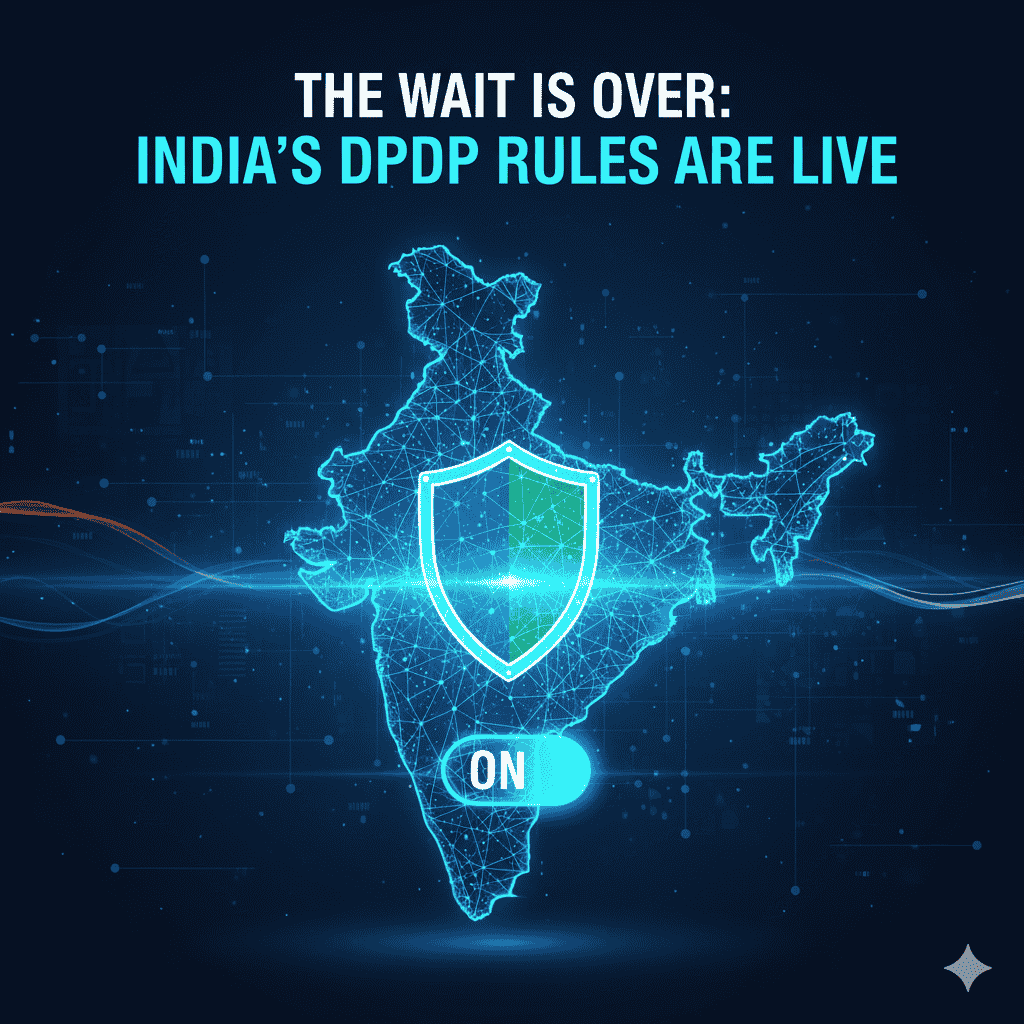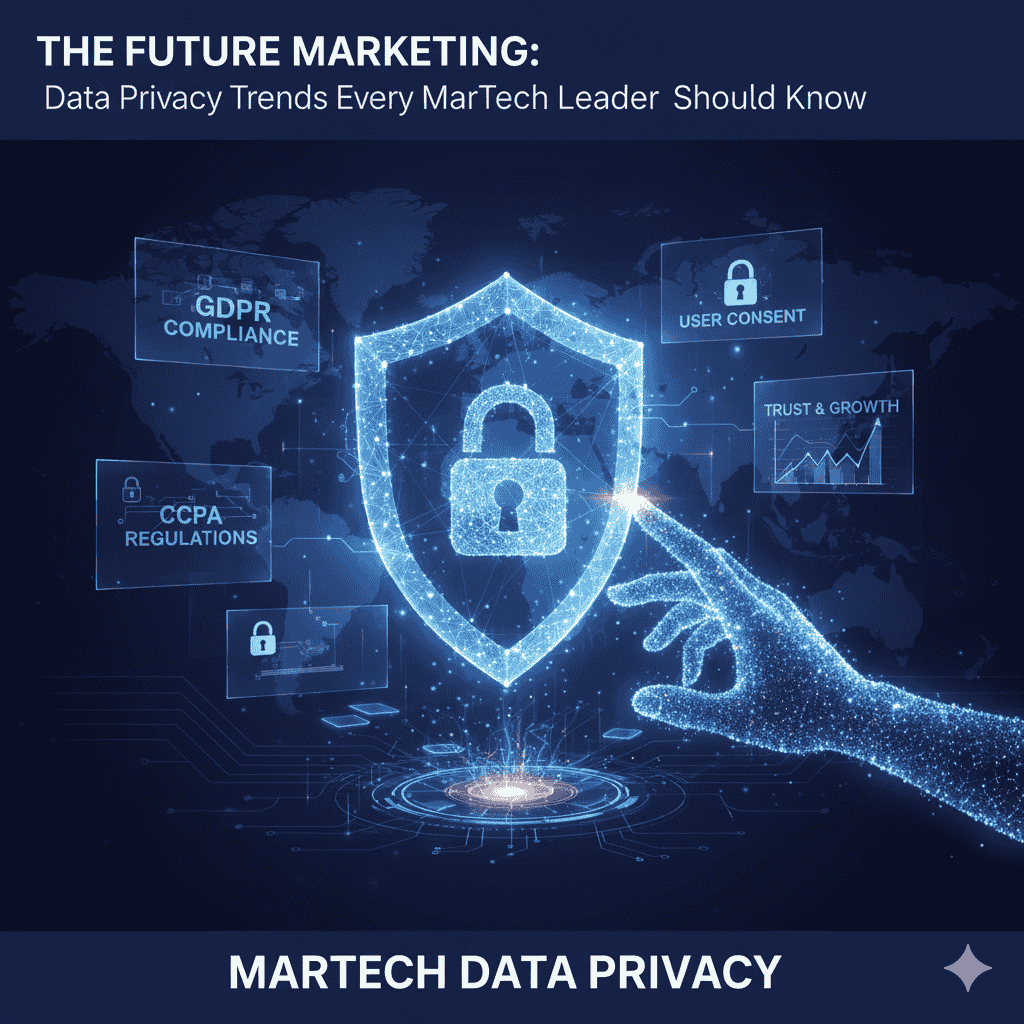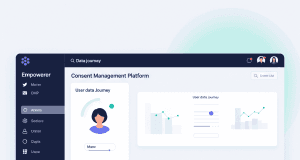The theoretical has become practical. After the Digital Personal Data Protection (DPDP) Act was passed in August 2023, the entire digital industry has been waiting for the other shoe to drop. On November 14, 2025, it finally did.
The Indian government has officially notified the Digital Personal Data Protection (DPDP) Rules, 2025, setting the clock ticking on compliance.
For the AdTech and MarTech sectors, which are built on the flow of user data, this isn’t just another regulation. It is a fundamental realignment of the digital advertising ecosystem. The era of implied consent, bundled permissions, and opaque data harvesting is officially over.
This guide breaks down exactly what you need to know and what you need to do, right now.
First, let’s get the terminology straight:
- Data Principal: The individual user.
- Data Fiduciary: The entity that determines the “purpose and means” of processing data (e.g., the brand, the advertiser, the publisher).
- Data Processor: The entity that processes data on behalf of the Fiduciary (e.g., your AdTech platform, CDP, ESP, or analytics vendor).
Key rights and duties
- Consent & Purpose Limitation: Clear, standalone consent notices for collection/use of personal data — purpose-specific, simple and unbundled from other terms. Consent managers must meet Rule requirements. This is central for targeted advertising and tracking. Press Information Bureau
- Right to access / correction / erasure / withdraw consent: Users can request access, corrections or erasure; fiduciaries must have mechanisms to respond. Useful for preference centers, CMPs, and CRM systems. MeitY
- Special protection for children / minors: Processing that targets or profiles children is restricted — be cautious with behavioural profiling and targeted ads to under-18s.
- Breach/incident handling & DPBI complaints: The DPBI is empowered to investigate breaches and impose penalties; the Rules set out complaint processes and Board powers
1. Timeline — what’s already happened and what to expect
- August 2023: DPDP Act passed by Parliament and received presidential assent.
- 2024–2025: Government issued DPDP Rules (2025) and formally activated the DPBI as the adjudicatory body; the Rules also specify phased compliance (notably an 18-month transition timeline for many obligations). This means organisations have a window to implement changes but should move fast. (Press Information Bureau)
- Ongoing: Expect additional guidance, FAQs and sector clarifications from MeitY and DPBI. Treat the Rules and DPBI orders as binding operational guidance once published.
2. The Stakes: Decoding the Penalties
This Act has severe financial teeth. The penalties are designed to be a powerful deterrent, not just a “cost of doing business.”
| Nature of Non-Compliance | Penalty |
| Failure to take reasonable security safeguards (i.e., a data breach) | Up to ₹250 crore |
| Failure to notify the Data Protection Board (DPB) of a breach | Up to ₹200 crore |
| Non-compliance with obligations for children’s data | Up to ₹200 crore |
| Failure to honor Data Principal rights (e.g., access, erasure) | Up to ₹50 crore |
The new Data Protection Board (DPB) of India will be a digital-first body responsible for investigating and enforcing these penalties.
3. Scope: What’s In and What’s Out?
All Inclusions (What You Need to Worry About)
- All Digital Personal Data: This includes any data that can identify an individual, from names and emails to IP addresses, cookie identifiers, and device IDs.
- Digitized Offline Data: If you collect offline data (like in-store signups) and then digitize it, it falls under the Act.
- Extraterritorial Scope: This is critical. The DPDP Act applies to any company outside of India that processes the personal data of Indian users in connection with “offering goods or services.” If your global AdTech platform serves ads to users in India, you must comply.
Key Exclusions
- Personal or Domestic Use: An individual managing their own contacts.
- Data Made Publicly Available: Data that a Data Principal voluntarily made public (e.g., a public social media profile).
- Research & Statistics: Processing for research or statistical purposes is exempt, as long as it does not make any decisions specific to an individual.
- Government Exemptions: The state is granted broad exemptions for national security, law enforcement, and other functions.
4. The New Rulebook: 5 Things Every AdTech Leader MUST Know
This is the core of the Act for marketers.
1. The End of Implied Consent (and Pre-Ticked Boxes) Consent is now the “central pillar.” It must be “freely given, specific, informed, unconditional, and unambiguous” and given via a “clear affirmative action.”
- What this means: Pre-ticked boxes are banned. Browsing a site does not equal consent.
- Action: Your cookie banners and sign-up forms must be opt-in by default.
2. No More “Bundled” Consent This is a game-changer. You cannot make access to a service conditional on the user consenting to data processing that isn’t essential for that service.
- What this means: You can’t have a single “I Agree” button for your terms of service, analytics tracking, and marketing emails.
- Action: You must “itemize” your consent requests. A user must be able to consent to using the app but deny consent for personalized advertising or third-party data sharing.
3. The Red Line: Children’s Data (Under 18) The Act is extremely strict here. A “child” is defined as any individual under 18 years of age.
- What this means: You must obtain “verifiable parental consent” before processing any data from a child.
- The Killer Clause: The Act explicitly bans tracking, behavioral monitoring, and targeted advertising directed at children.
- Action: AdTech platforms must have robust age-gating mechanisms and immediately cease all profiling of users identified as under 18.
4. “Legitimate Uses” Is Not GDPR’s “Legitimate Interest” The Act provides a small list of “Legitimate Uses” where you can process data without consent. This has created confusion. Be clear: this is not a loophole for marketing.
- What it covers: Fulfilling a contract (e.g., using an address to ship a product), medical emergencies, or government functions.
- What it does NOT cover: General marketing, analytics, profiling, or ad targeting. You will need explicit, specific consent for these.
5. The Rise of the “Consent Manager” The Act introduces a new, registered entity: the Consent Manager. This is an interoperable platform that will act as an intermediary, allowing users to manage, review, and withdraw their consent from a single dashboard.
- What this means: The consent relationship may be disintermediated from your brand. Users may manage their consent for your site via a third-party dashboard.
- Action: Your AdTech and MarTech stacks must be built to integrate with the APIs of these future Consent Managers.
5. How to Follow This Act: A 5-Step Compliance Checklist
Step 1: Conduct a Full Data Audit (Now) You cannot protect what you don’t know you have.
- Map all data flows: What data do you collect? (PII, pseudo-anonymous IDs, etc.)
- Map storage: Where is it stored? (CRM, CDP, data lake, vendor platforms)
- Map sharing: Who is it shared with? (Ad networks, analytics partners, agencies, cloud providers)
Step 2: Overhaul Your Consent Architecture Your current cookie banner is almost certainly non-compliant.
- Redesign all consumer touchpoints (websites, apps, landing pages).
- Implement granular, opt-in toggles for each distinct purpose (e.g., “Essential,” “Analytics,” “Personalization,” “Advertising”).
- Build a “Consent Dashboard” or preference center where users can easily and at any time withdraw their consent. The Act mandates that withdrawal must be as easy as giving consent.
Step 3: Audit All Vendor & Agency Contracts Your liability is tied to your vendors.
- Update all Data Processing Agreements (DPAs) with every Data Processor (your AdTech/MarTech partners).
- Get written guarantees that they are DPDP-compliant. As the Data Fiduciary (the brand), you are ultimately liable for a breach caused by your Processor.
Step 4: Create a Data Breach Response Plan When (not if) a breach occurs, the clock is your enemy.
- You have a legal obligation to notify the Data Protection Board (DPB) and affected users of a personal data breach.
- Develop an internal plan now that details who is responsible, how to assess the breach, and how to draft the notification.
Step 5: Assess if You Are an “SDF” The Act creates a special category of “Significant Data Fiduciary” (SDF) based on the volume and sensitivity of data processed.
- Most large e-commerce firms, social media companies, and data-heavy AdTech platforms will likely be classified as SDFs.
- SDFs have extra obligations: They must appoint a Data Protection Officer (DPO) based in India, conduct regular Data Protection Impact Assessments (DPIAs), and undergo independent data audits.
8-point compliance checklist for your teams (start here today)
- Data map — inventory all personal identifiers, first/third-party cookies, device IDs, hashed IDs, segments and where they flow.
- Purpose registry — document clear, narrow legal purposes for every data collection/use (marketing, measurement, fraud prevention, etc.).
- Consent redesign — implement unbundled, language-simple consent notices and record granular consent flags per user and purpose. Ensure your CMP stores machine-readable consent receipts.
- Vendor contracts & SLAs — update DPA/processor agreements to allocate compliance duties, security standards, and breach notification timelines.
- DPIAs for profiling — run DPIAs where profiling or automated decision-making is high-risk (targeting, lookalike modelling).
- Breach readiness — incident response plan, forensic logging, and complaint handling process mapped to DPBI expectations.
- Cross-border controls — legal basis and documentation for transfers; minimize transfers where possible.
- Training & governance — internal privacy policies, a named privacy officer/contact point, and periodic audits.
What AdTech & MarTech teams must pay attention to (practical risks)
- Consent collection & vendor chains
CMPs (consent management platforms) must present standalone, granular consent for tracking, profiling and targeted ads. Consent managers may be required to be Indian companies per Rules. Ensure your CMP config, audit logs and vendor agreements are compliant. - Profiling, behavioral targeting & children
Behavioral profiling and targeted advertising that affects children or uses sensitive signals will draw scrutiny — avoid dark patterns and always offer opt-out. - Data sharing in the adtech chain
Real-time bidding, data onboarding, DSPs/SSPs, DMPs and other intermediaries form complex processing chains. Map each party’s role (controller/fiduciary vs processor) and ensure contracts assign responsibilities for legal compliance, security and breach notification. - Cross-border transfers
If you move personal data outside India (cloud, SaaS vendors, analytics providers), document lawful transfer mechanisms and any Rule obligations. - Incident response & record-keeping
Maintain breach detection, logs, DPIAs (Data Protection Impact Assessments) for high-risk profiling, and scripted processes for complaints to DPBI. The Board will expect documented processes. - Government orders & secrecy
Rules can allow the government to access data under specified grounds without user notification in some cases — be prepared for lawful access requests and ensure legal/forensic handling.
Conclusion: From Data Harvesting to Data Trust
The notification of the DPDP Rules, 2025, marks the end of the “wild west” for data in India. For the AdTech and MarTech industries, this is a moment of reckoning.
Compliance will be complex and expensive, but it is non-negotiable. The platforms and brands that win in this new era will be those that move first, embrace transparency, and build their technology on a foundation of user trust. The 18-month clock is ticking. Start today.








